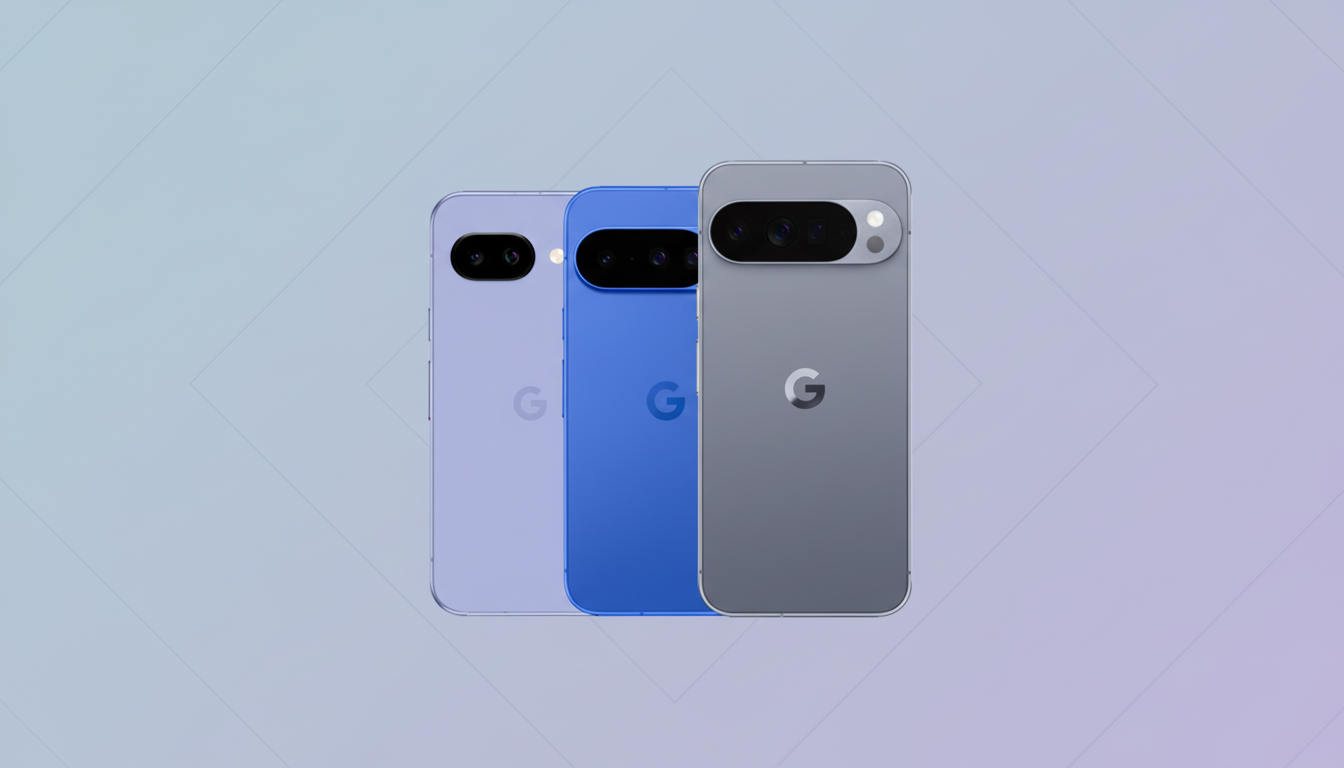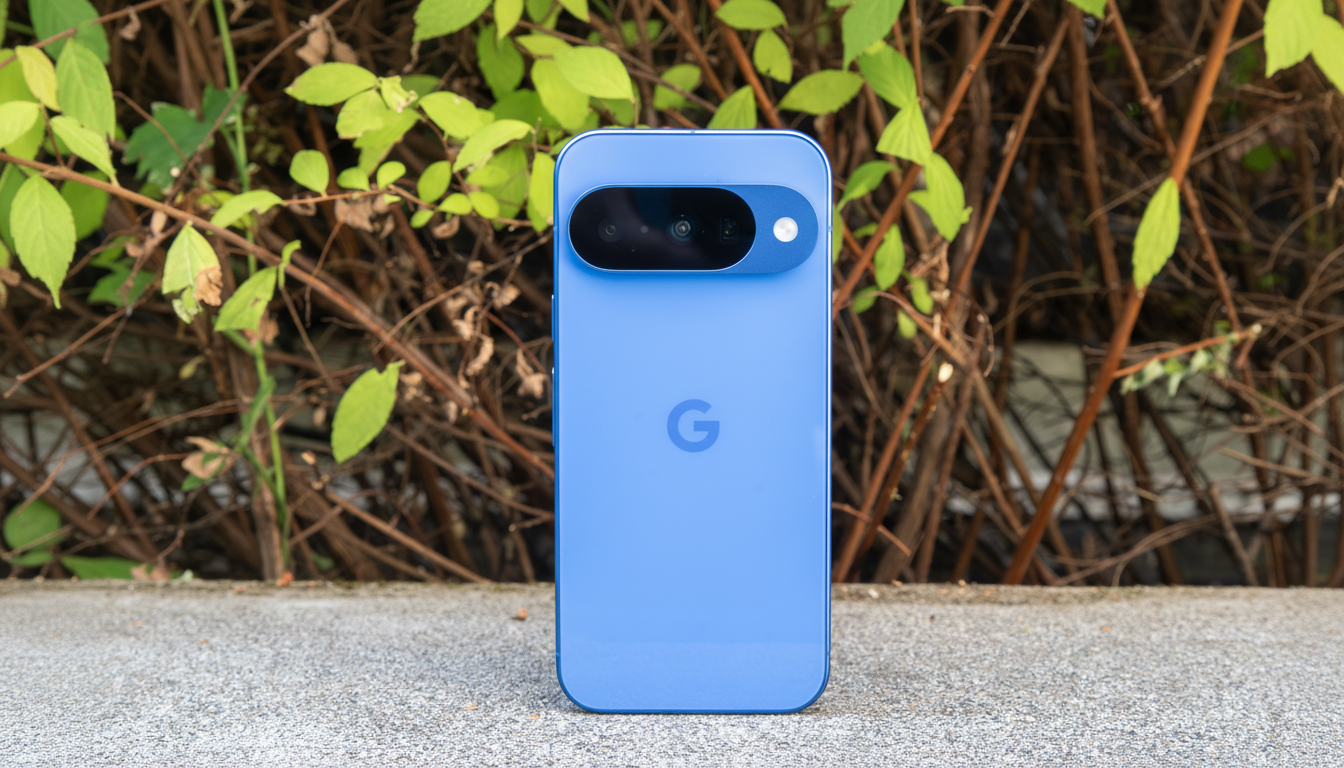Pixel phone owners have complained for years that high-priority alerts arrived late or only after unlocking the phone. Fresh user reports suggest the issue is still bugging the most recent models, as smart home and messaging notifications freeze when in standby before being dumped all at once upon waking. It’s a persistent sore point for Google’s marquee line that has continued to surface over and over again across hardware generations and software generations.
New Pixels, New Complaints About Delayed Notifications
Recent threads on Reddit and discussions in Google’s support forums recount Pixels failing to display timely Google Home alerts, doorbell pings, or baby monitor notifications. The pattern is the same: the device is dormant, no alert happens, and right as a user requests an unlock, “bam,” notifications burst onto the screen, all posted at the original event time rather than at unlock. Even basic texts don’t produce a sound or banner until the phone wakes; some users say.
- New Pixels, New Complaints About Delayed Notifications
- The Doze Dilemma Behind Android’s Delayed Notifications
- Workarounds Are Few and Imperfect for Pixel Alerts
- Not Only Smart Home Apps Are Affected by Delays
- What Google Can Do Next to Improve Alert Reliability
- The Bottom Line on Pixel Notification Reliability

Reports cover multiple generations, from old models to the latest Pixel 10 series. In households with more than one Pixel, owners experience some phones slowing down while others do not, in what feels like a combination of software state, app behavior, and background policy rather than one hardware defect. The inconsistency of the alerts makes it both challenging to diagnose and easy to overlook until you get a critical alert too late.
The Doze Dilemma Behind Android’s Delayed Notifications
The usual suspects would be Android’s power management stack, in this case Doze, App Standby, Adaptive Battery, and App Standby Buckets. These functions were added to Android with Marshmallow and receive additional power management in later releases, throttling network and CPU activity while the devices are left alone to give an all-day battery life. The trade-off: apps have to depend on carefully ordered push messages and system exemptions to crack through deep idle states.
Google’s own dev guides for Firebase Cloud Messaging say that high-priority pushes should wake the radio and be delivered immediately; however, they can still be deferred in some idle states, and abuse of high-priority messages can be throttled. Adaptive Battery and buckets deprioritize less-used apps more aggressively over time, and that can delay alerts from the smart home or camera apps that are silent until something happens. That is the very moment you want them to be fast!
Compounding the issue, Pixel phones generally hew very closely to the platform’s stock behavior and do not apply the aggressive vendor hacks that you might get with some other Android-branded devices. That should make Pixels predictable for developers, but early reports in the wild indicate there’ll be edge cases where policies are idle and app configurations will be brush knots, entangled to defer urgent alerts.
Workarounds Are Few and Imperfect for Pixel Alerts
Users testing workarounds are reporting mixed results so far. Typical workarounds include:
- Disabling battery optimization for specific apps
- Turning off Adaptive Battery
- Ensuring unrestricted background processing
Some more advanced users even use ADB commands to completely disable Doze; while this can give them instant delivery back, it requires a computer and must be repeated on every boot, all with real trade-offs in battery life and security.

Push services, such as OneSignal, have already documented delays due to power policies across a variety of Android smartphones. Google’s developer documentation and emphasis also target proper use of Android’s high-priority FCM messages, foreground services, and user-notification permissions added in modern Android releases. But if there are sightings beyond that point, then you fall back to platform behavior and OEM tuning.
Not Only Smart Home Apps Are Affected by Delays
While the camera and doorbell signals are the most alarming of misses, users complain about delayed delivery of messages from popular chat apps as well. These issues can also show up when the phone has not been used and spent time in idle—overnight, or simply laid down on the desk—in classic windows when Doze and Standby’s rules are more forceful. Others mention better reliability after using the app or when the device is on a charger, which relaxes idle constraints.
Recent versions of Android introduced runtime notification permissions to give users more control and cut down on noise in notifications. But it also introduced new failure modes when permissions, battery optimization, and app category settings don’t line up. Developers are able to tag notifications as high-priority, but the system still weighs that against battery goals and historical app use.
What Google Can Do Next to Improve Alert Reliability
Power efficiency and reliable alerts don’t have to be a zero-sum game. Platform-level solutions could be of assistance, like clearer persistent exemptions for safety-critical categories such as security cameras and baby monitors; more transparent diagnostics which indicate when Doze or buckets are hoarding a notification; and guardrailed APIs allowing users to explicitly allow time-critical classes to bypass deep idle. Apple’s level of interruption and time-sensitive categories is one model, but with differences in the ecosystems.
In addition to that, Google might also release new guidance and tooling for developers in order to confirm high-priority delivery under worst-case idle conditions on Pixels.
A temporary toggle for enhanced reliability profiles, even if it was something like a “critical alerts mode” with an acknowledged battery cost, would go far toward serving users who place a premium on immediacy versus endurance.
The Bottom Line on Pixel Notification Reliability
Pixel owners continue to have problems with delayed notifications that undermine the promise of smart assistants, smart homes, and real-time messaging. The root issue looks to be the bizarre confluence of Doze-era power-saving and app-delivery models. Until Google provides a reliable, user-friendly option, the unpleasant recommendation will continue to be the same: Tinker with battery settings, audit app permissions, and get ready to make compromises — because those timely alerts still aren’t guaranteed.

